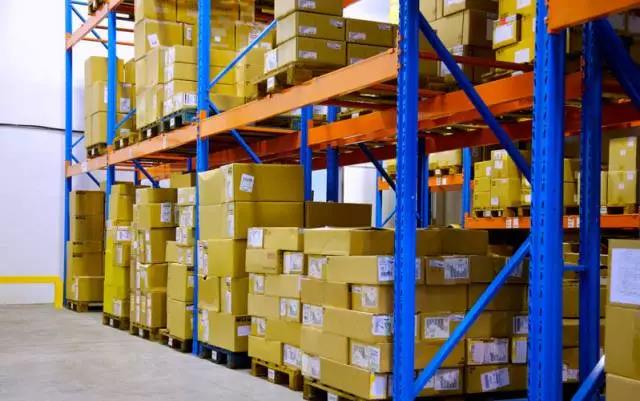Is there any skill in warehouse planning?
As a warehouse manager, I believe that you are already very good at the internal operations management of the warehouse. So, if you are responsible for the entire process of planning and building a warehouse, are you capable of undertaking it? Is there any skill in warehouse planning?

Step 1 Information Statistics
The information statistics here include the information of the warehouse building itself as well as the specific information of the shelves, goods, etc., including the following aspects in detail:
Information related to the warehouse itself: the net height of the warehouse, the size of the area in the warehouse, the number of supporting columns, the width of each span, the distance between the two spans, etc.;
Tools used in the job: whether to use the pallet, the size of the pallet, whether to use a forklift or a clamp, the length, width, and radius of the machine;
Use flat warehouses, shelf warehouses, or three-dimensional warehouses;
The size of the inbound and outbound vehicles, the number of inbound and outbound warehouses, the number of stations, etc.;
The classification of goods, the size of the packaging of each category, the number of layers of stacking, whether it is strictly first-in, first-out, whether to remove the library and so on.
Step 2 Processing and analysis of data
The above collected data is processed and analyzed, and the result data is graphically formatted and presented in an intuitive manner. Its purpose is to better communicate with superiors and relevant departments. Other departments do not have a lot of forklifts and how many goods in your specific warehouse. If you can express them by means of charts, it will be more conducive to your communication with them. To better realize your vision.
Step 3 System Requirements Analysis
The warehousing business is a whole, and each step constitutes part of this overall system, and reasonable integration and optimization of these elements can achieve the final ideal state.
For example, the optimization of inventory is inseparable from the reasonable location planning, the timely rate of order delivery, the effective use of space, and the rational layout of channels.
At the same time, I will give my own ideas about the overall business to several WMS vendors. After all, in the future, you also need to purchase the system. It is better to listen to their opinions, so that the information system can be implemented more quickly.
Step 4 Develop multiple plans
After all the analysis is completed, two or three choices are usually formulated, and the pros and cons of the plan are analyzed. Combined with the forecast of the future development trend of the business, a set of determined plans is finally selected.
It should be noted that each program needs to elaborate on the benefits of doing so and make a difference with other programs to make it easier for the company to advance.
Step 5 Implementation of the plan
Painting location line (note the wall distance, column spacing, pedestrian passage, safety passage, cargo passage, fire hydrant safety distance);
Paste and suspension of various logos (location identification, location identification, warning, operation rules, 5S, etc.)
Shelf installation;
Dividing lines of other auxiliary areas (such as forklift parking area, sanitary tool area, pallet area, waste area, etc.);
In addition to the above steps, you should also pay attention to the configuration of the software system, including scanning facilities, monitoring facilities, etc., as well as the application of the WMS system to create a complete and practical storage space.
Reprinted from the network


